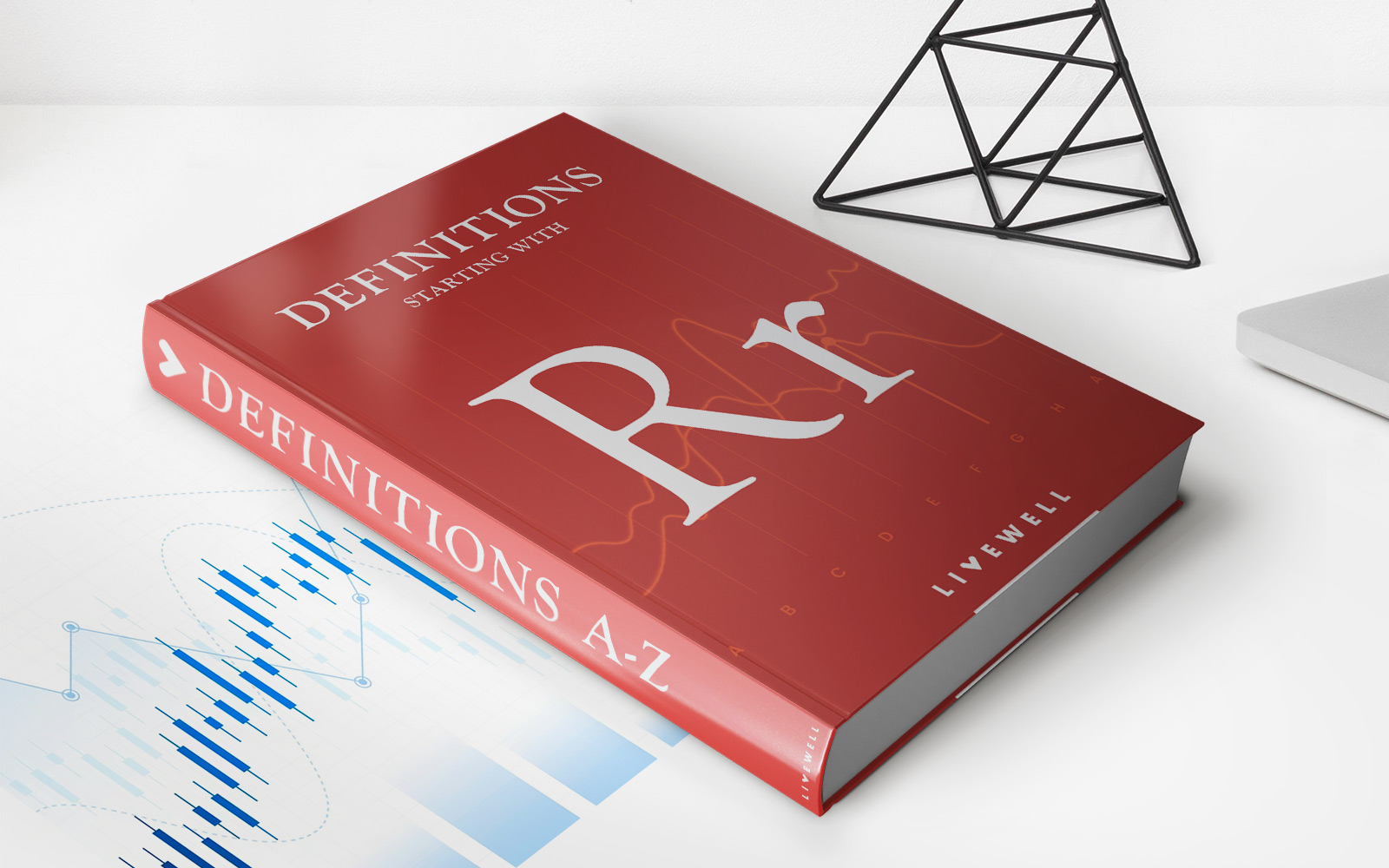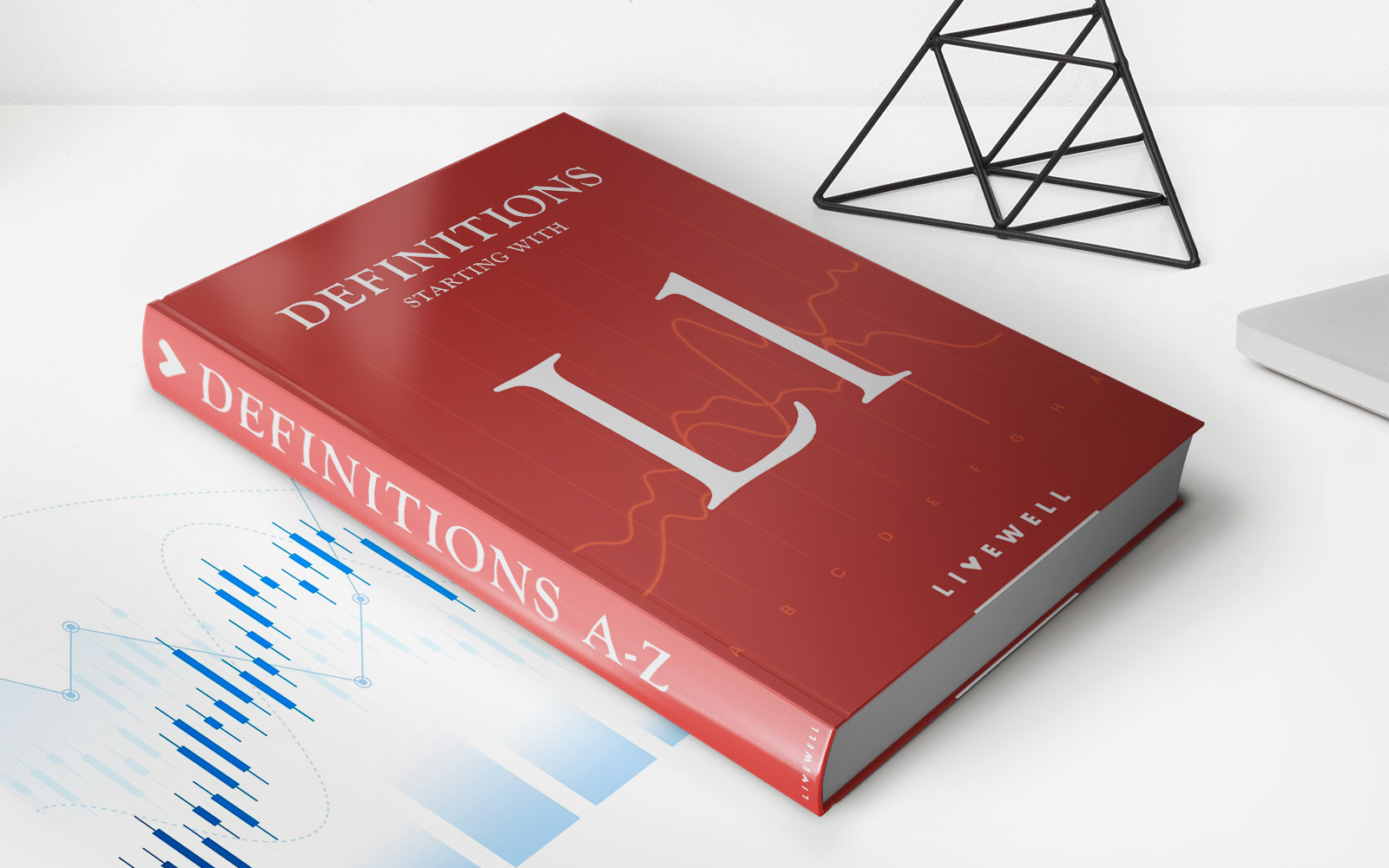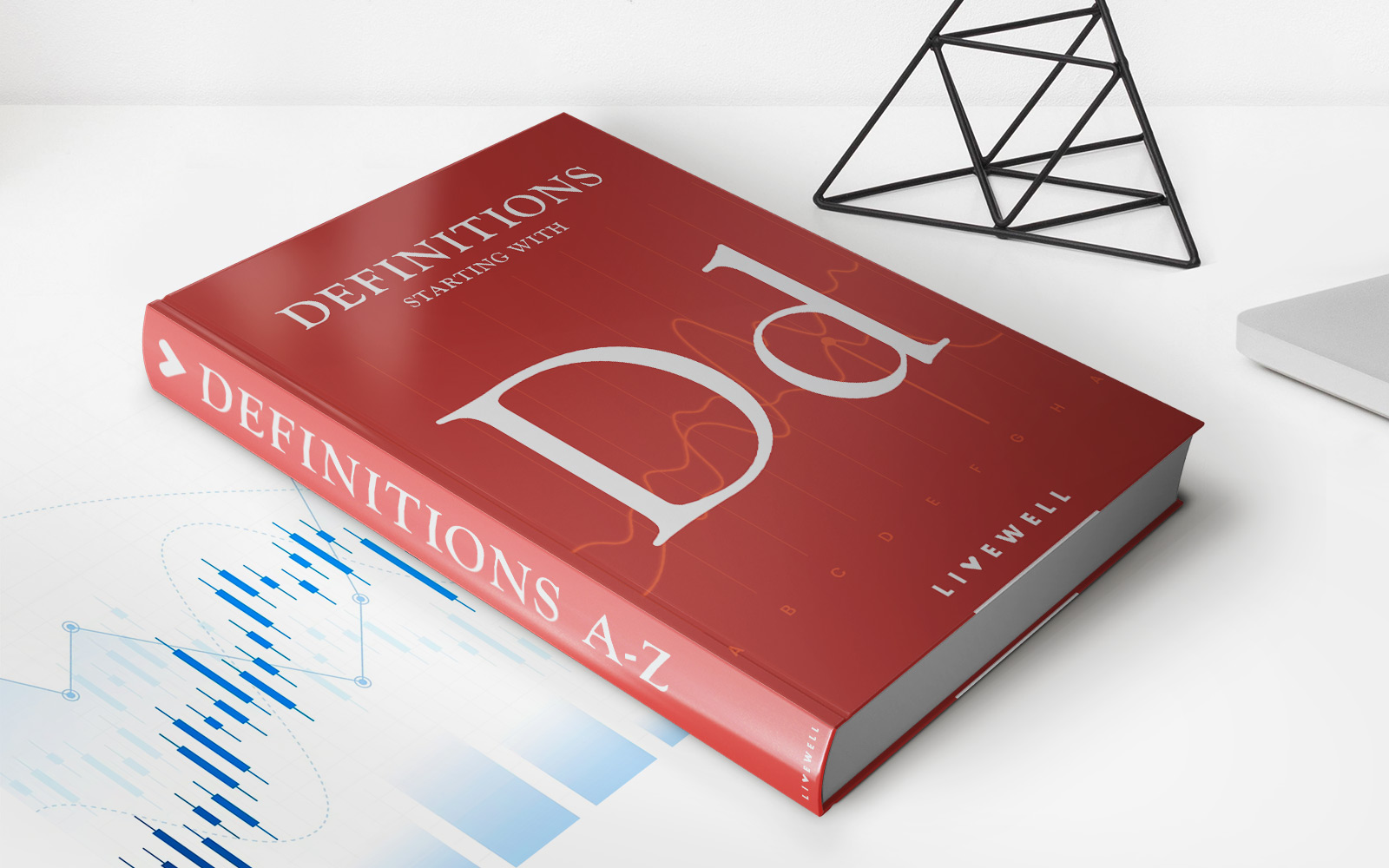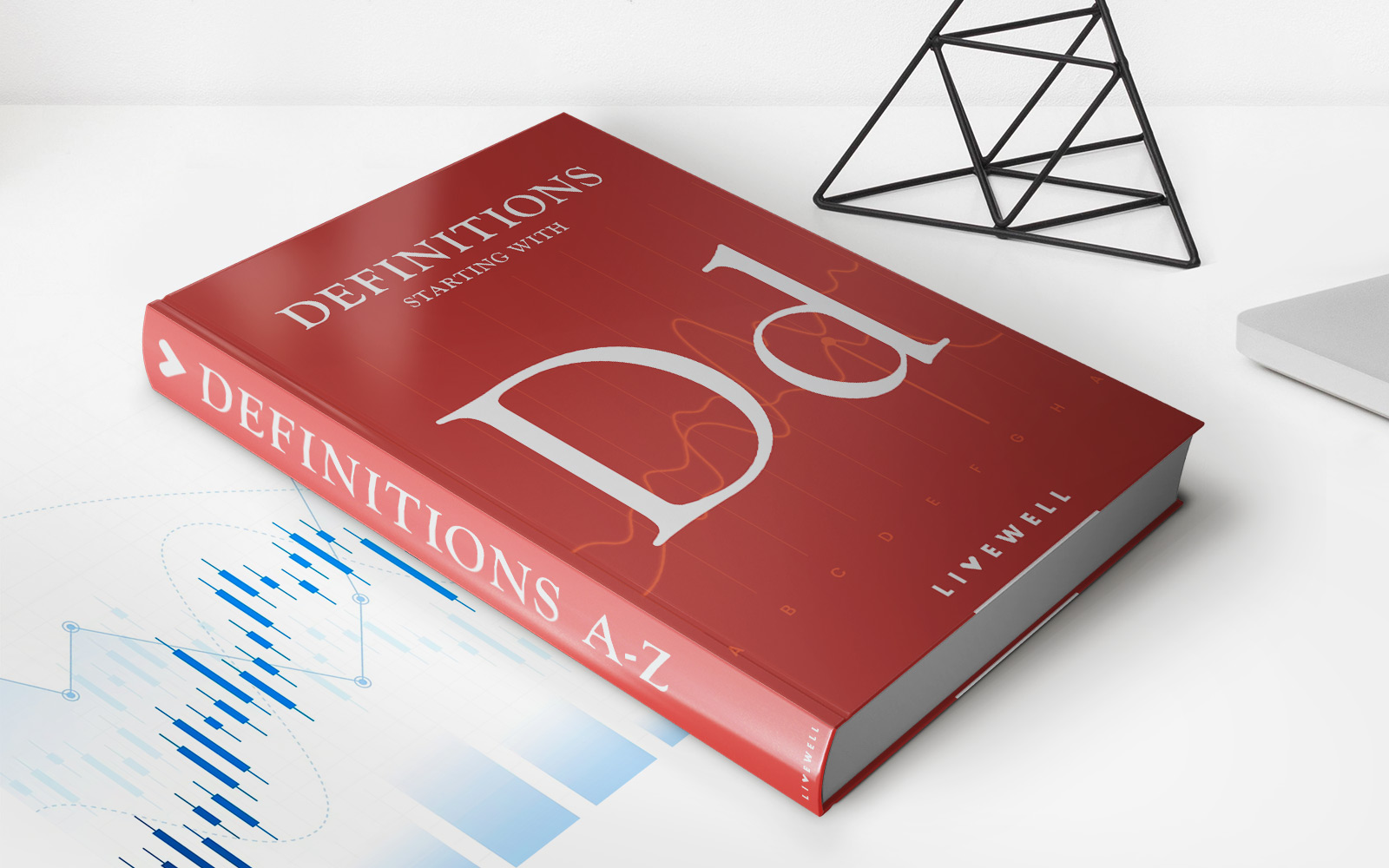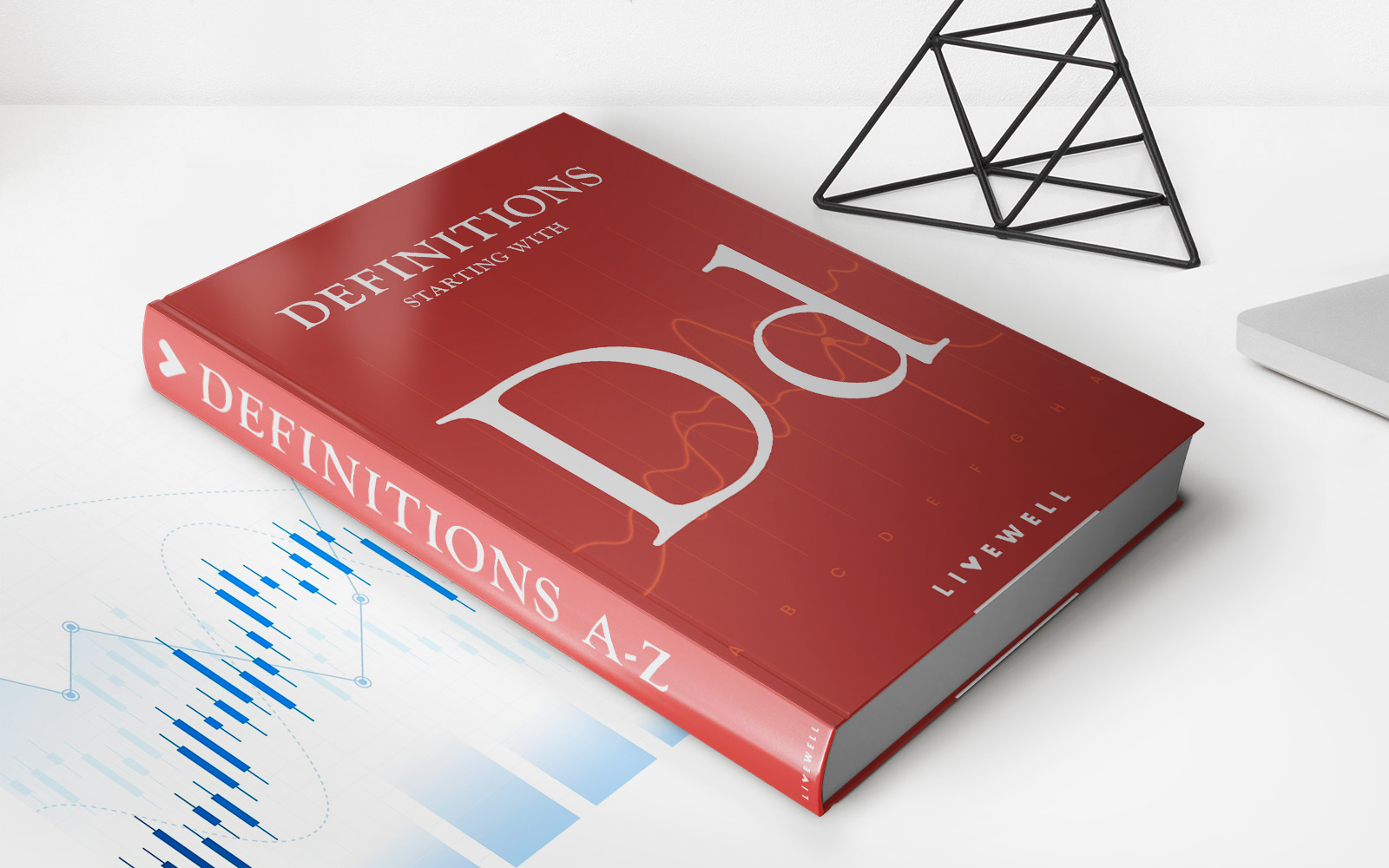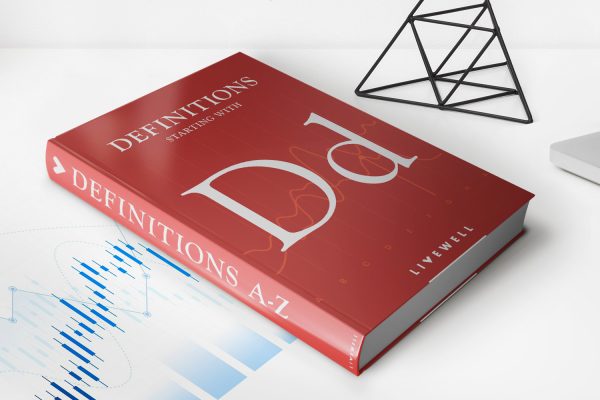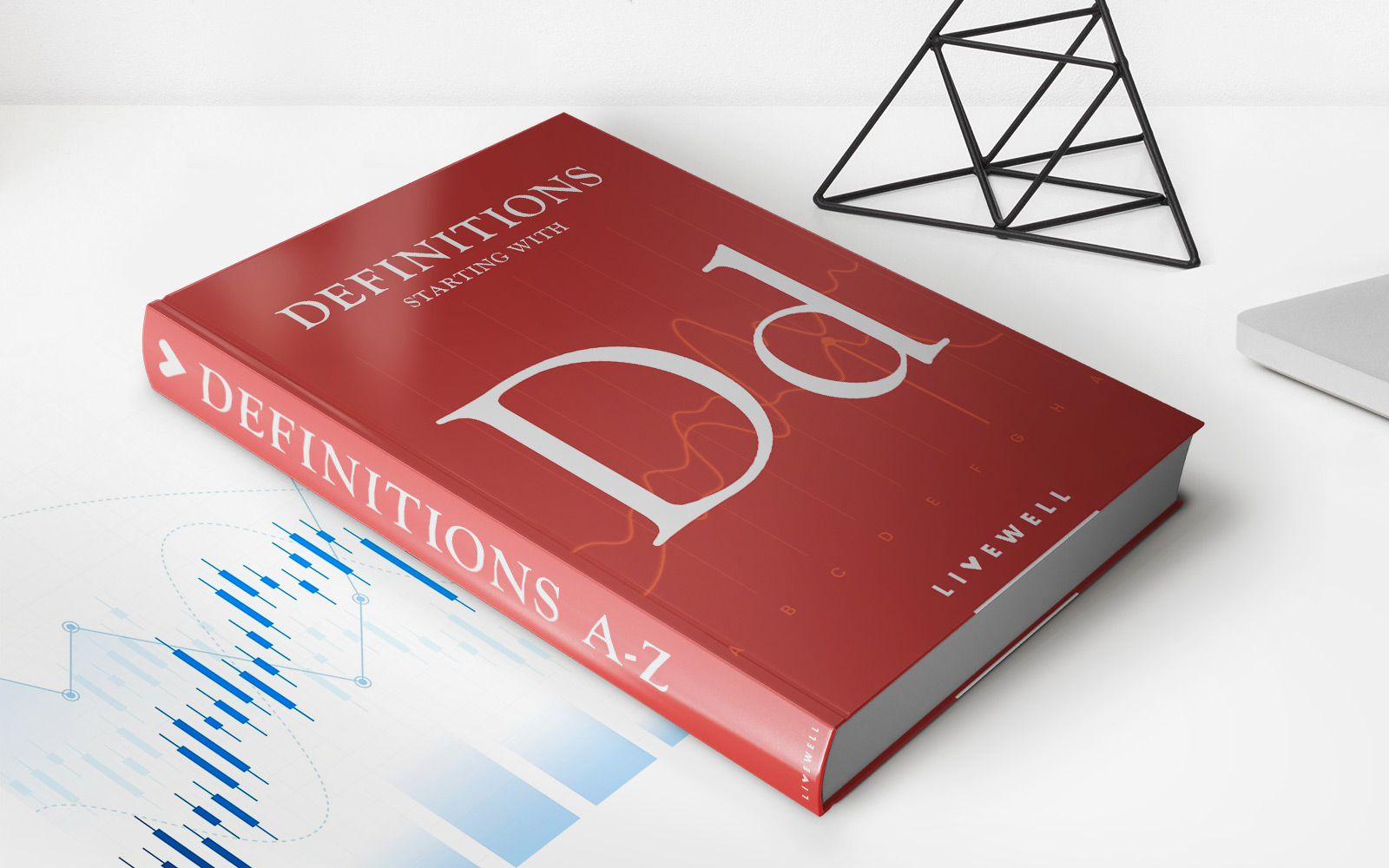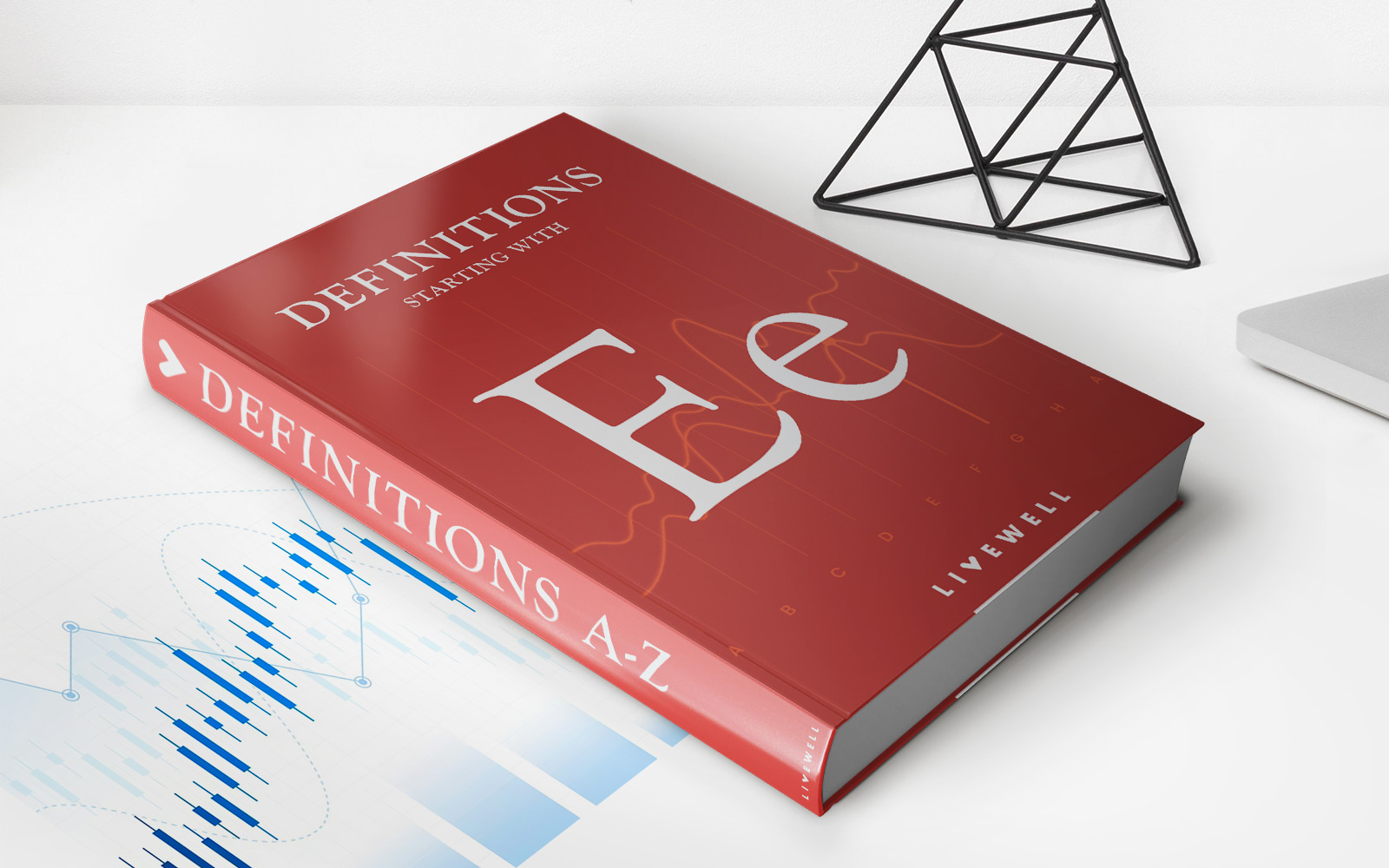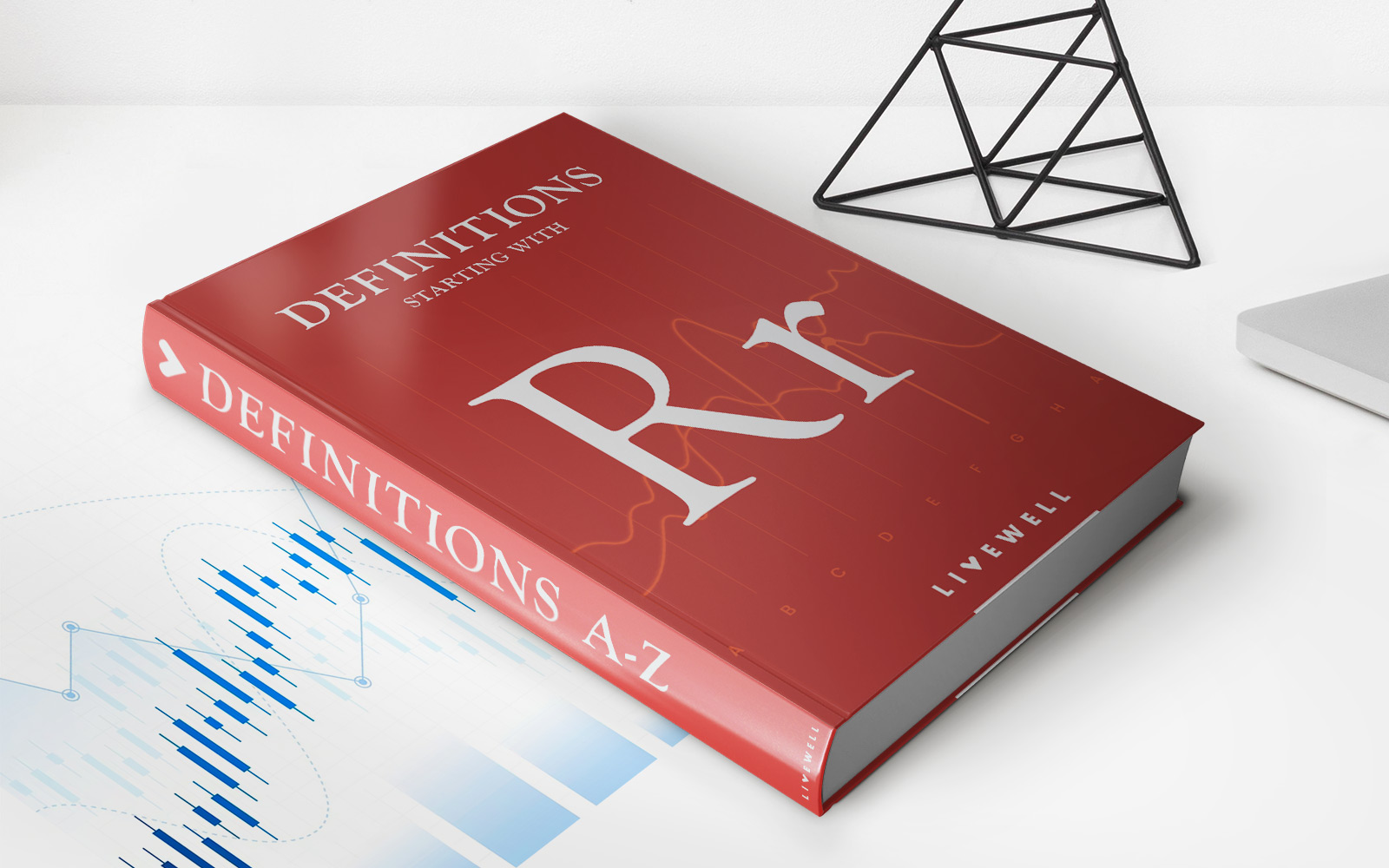

Finance
Risk Discount Definition
Published: January 21, 2024
Get a clear understanding of risk discount in finance and its definition. Explore how it impacts investments and decision-making.
(Many of the links in this article redirect to a specific reviewed product. Your purchase of these products through affiliate links helps to generate commission for LiveWell, at no extra cost. Learn more)
Understanding Risk Discount Definition: What You Need to Know
Welcome to another informative post in our FINANCE category. Today, we will delve into the intriguing world of risk discount definition. If you’ve ever wondered about this financial concept or need some clarity on how it works, you’re in the right place. Let’s dive in!
Key Takeaways:
- Risk discount is a reduction in the price or value of an asset to account for the potential risks associated with it.
- It considers factors such as uncertainty, volatility, liquidity, and market conditions to determine the appropriate discount rate.
Firstly, let’s define what exactly risk discount means. In simple terms, it refers to the reduction in the price or value of an asset to account for the potential risks associated with it. This discounted value reflects the perceived level of risk that investors or buyers attribute to the asset.
When determining the risk discount, several factors come into play. Here are some key considerations:
- Uncertainty: The level of unknowns or unpredictability surrounding the asset or investment.
- Volatility: The extent to which the asset’s value fluctuates over time.
- Liquidity: The ease with which the asset can be bought or sold without significantly impacting its price.
- Market conditions: The overall state of the financial markets and the specific industry in which the asset operates.
With these factors in mind, the appropriate discount rate is determined. The discount rate is the percentage used to calculate the present value of future cash flows, taking into account the level of risk. Higher perceived risk usually leads to a higher discount rate, resulting in a lower present value.
Now, you might be thinking, “Why is understanding risk discount important?” Well, it plays a crucial role in various areas of finance. Here are a few reasons why:
- Valuation: Risk discount is used to assess the value of different assets, including stocks, bonds, and real estate.
- Investment Decisions: Investors use risk discount to evaluate the potential return and risk of investment opportunities.
- Cost of Capital: Companies use risk discount to determine their cost of capital, which influences their borrowing costs and investment decisions.
In conclusion, risk discount definition is essential for understanding the impact of risk on asset values and investment decisions. By considering factors like uncertainty, volatility, liquidity, and market conditions, the appropriate discount rate is determined. This calculation helps assess the present value or worth of assets, guiding investment choices and strategic financial decisions.
We hope this blog post has shed some light and provided a clear explanation of risk discount definition. If you have any further questions or want to explore this topic in more detail, feel free to reach out. Stay tuned for more insightful articles in our FINANCE section!
